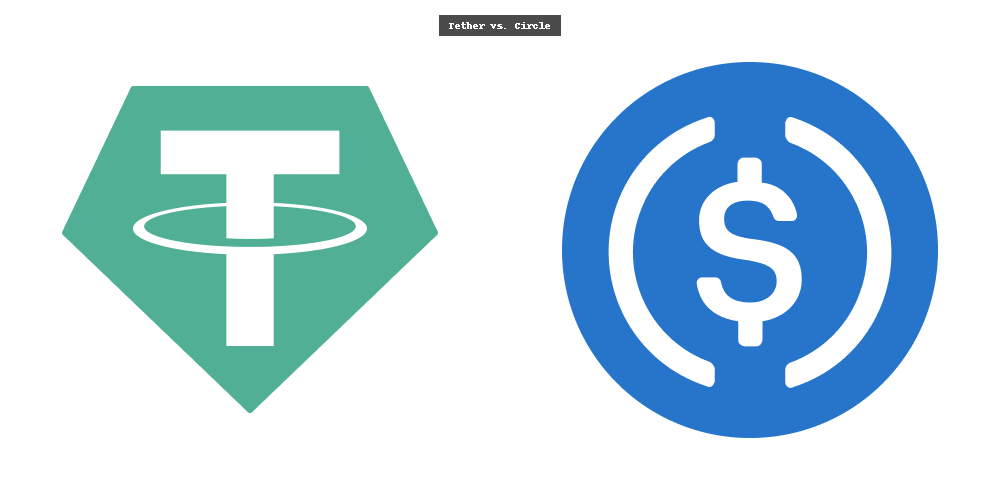Why Circle and Stripe Are Building Their Own Blockchains

How owning the settlement rail helps them cut friction, meet regulators, and open new revenue lines — and why the industry is drifting toward “privatized public” chains
Introduction — owning the plumbing
Think of payments as plumbing. Right now, most companies send money across pipes they don’t control: public blockchains, third-party validators, and chunky legacy bank rails. That can work — until the pipe bursts, fees spike, or compliance asks for a 2 a.m. audit.
Circle (the company behind USDC) and Stripe are doing something obvious and bold: they want to own the pipe. Launching their own blockchains isn’t about vanity or gatekeeping. It’s about making settlement faster, cheaper, and legally comfortable for banks and big businesses. In short: they want the reliability of a bank ledger with the programmability of a blockchain.
I’ll walk through why this matters, what they gain (and lose), and why this trend is nudging the industry toward more “privatized public” chains — blockchains that feel corporate but still act like blockchains.
Faster settlement, less guesswork
If you run a payments business, your nightmare is a merchant waiting for funds that never arrive, or a customer stuck in limbo because gas fees jumped overnight. Public L1s are great for openness, but they don’t promise stable costs or instant settlement.
By owning the chain you get to design:
- Deterministic finality — money that’s truly settled in seconds, not “probably settled.”
- Predictable fees — no surprise 10× gas spikes on Black Friday.
- Throughput tuned to your traffic — if you’re Stripe and you know peak retail hours, your chain can be optimized for it.
Put simply: a corporate chain can make payments feel like the frictionless UX consumers expect in 2025. That’s powerful when you’re courting merchants, banks, and CFOs.
Compliance baked into the protocol
This is the biggie. Big banks and regulators don’t want an opaque, one-way ticket. They want records, audit trails, and ways to stop money laundering.
A private-ish blockchain lets companies:
- Require verified identities for onboarding and certain transactions.
- Add protocol-level checks (sanctions screening, automatic KYC flags).
- Produce regulator-friendly audit logs without ripping apart the system.
Instead of bolting compliance tools onto public rails — which is messy and slow — you bake them into the protocol. For firms like Circle and Stripe, that’s not a luxury; it’s a must if they want to host institutional flows and sit at the center of global payments.
New ways to make money (beyond fees)
Running a blockchain isn’t only cost control — it’s a business opportunity.
Once the rail exists, firms can sell services on top:
- Premium settlement tiers (instant settlement for big merchants).
- Programmable cash products, like automated payroll or invoice financing that repays itself.
- Data and risk services — think subscription access to treasury insights or hedging tools.
These aren’t tiny add-ons. They’re recurring revenue streams with margins far higher than basic payment processing. In other words, owning the rail flips you from a utility to a platform with upsell potential.
What “privatized public” chains actually look like
Call them what you will — permissioned, private, hybrid. These chains blend enterprise control with blockchain features:
- Curated validator sets — not open to anyone, but distributed enough to be credible.
- Developer access — APIs and SDKs for third parties to build payments and integrations (but with compliance rules).
- Bridges to public L1s — so liquidity and long-term settlement still tap into the wider crypto world.
You trade some censorship-resistance for a product that regulators, banks, and merchants trust. For mainstream adoption, that trade often makes sense.
The downsides — and why critics aren’t entirely wrong
There are real costs:
- Centralization: technically, these chains are closer to databases than to Bitcoin. That’ll bother crypto purists.
- Fragmentation: if every big company builds its own rail, we risk a “rail jungle” with fragmented liquidity unless bridges work perfectly.
- Regulatory entanglement: cozying up to regulators reduces legal risk — but it also creates political exposure. If a regulator asks for sweeping controls, you can’t plead ignorance.
None of this is fatal. It’s just the trade-off companies are weighing: control and compliance vs. the open ethos of public chains.
Bigger picture: why this matters for the whole ecosystem
If Stripe and Circle succeed, a few likely shifts follow:
- Faster mainstream adoption. CFOs and banks adopt token rails if they resemble the systems they already trust. Instant treasury ops become possible.
- New middleware winners. Firms that build bridges, liquidity routers, and cross-rail settlement hubs will be in high demand.
- Regulatory clarity accelerates. When large incumbents standardize features like on-chain KYC or sanctions screening, regulators get templates to work from — which helps everyone.
- A two-tier blockchain world. Public L1s keep pushing innovation and open liquidity; private/permissioned rails handle day-to-day commerce. Both survive, but they play different roles.
In short: this is less about killing public blockchains and more about making blockchain tech useful to actual businesses at scale.
Real-world analogies that help
Imagine railroads. In the 19th century, private rail firms built lines tailored to cities and mines. Later, governments regulated safety and interoperability. Similarly, private blockchains will build customized rails for commerce while public chains remain the global “freight corridor” for liquidity and open settlement.
Or think cloud computing: big companies run private clouds for sensitive workloads and still use public cloud for scale and innovation. Same idea, different stack.
Conclusion — pragmatic, not ideological
Circle and Stripe launching chains is a pragmatic move. They’re not abandoning decentralization; they’re building rails that businesses can rely on. That means faster settlement, built-in compliance, and new revenue models — the things that make treasury teams and merchants sign up.
For the crypto purist, it’s messy. For the pragmatist, it’s the next logical step: making blockchain useful for the real economy. And for everyone else — consumers, startups, and banks — it could mean the payments experience finally catches up with the rest of modern tech: fast, predictable, and invisible.
Want it simpler? Owning the rails = fewer surprises, smoother payments, and a business you can actually scale. That’s why Circle and Stripe are building their own lanes.
Internal Mitosis Links & Glossary References
- Bitcoin
- Blockchain
- Cryptocurrency
- Mitosis Core: https://university.mitosis.org/mitosis-core
- Governance: https://university.mitosis.org/governance
- Glossary: https://university.mitosis.org/glossary/
- Ecosystem Connections: https://university.mitosis.org/ecosystem-connections



Comments ()